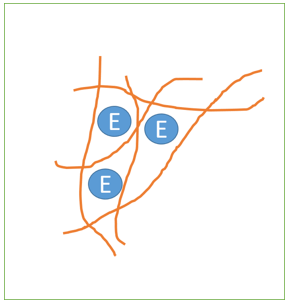MCQs
Total Questions : 52
| Page 5 of 6 pages
Answer: Option C. -> Immobilization of invertase enzyme
Answer: (c).Immobilization of invertase enzyme
Answer: (c).Immobilization of invertase enzyme
Answer: Option C. -> Hollow fiber
Answer: (c).Hollow fiber
Answer: (c).Hollow fiber
Answer: Option C. -> Entrapment
Answer: (c).Entrapment
Answer: (c).Entrapment
Answer: Option B. -> False
Answer: (b).False
Answer: (b).False
Answer: Option B. -> covalent binding
Answer: (b).covalent binding
Answer: (b).covalent binding
Answer: Option D. -> Microencapsulation
Answer: (d).Microencapsulation
Answer: (d).Microencapsulation
Answer: Option A. -> Kₘλ
Answer: (a).Kₘλ
Answer: (a).Kₘλ
Answer: Option C. -> Damkohler number
Answer: (c).Damkohler number
Answer: (c).Damkohler number
Answer: Option C. -> entrapment
Answer: (c).entrapment
Answer: (c).entrapment
Answer: Option A. -> substrate
Answer: (a).substrate
Answer: (a).substrate

















